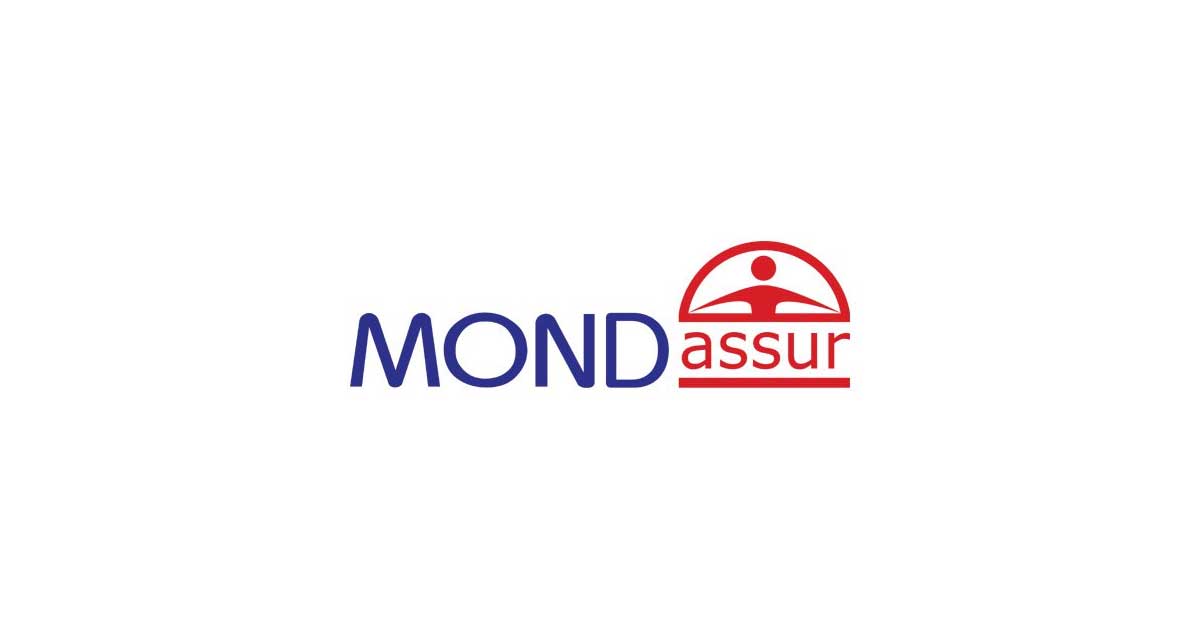
What is the Schengen area and the Schengen visa?
How long has the Schengen area existed?
The Schengen agreements were signed in 1985 and came into force in 1995.
What is the advantage of the Schengen area?
The Schengen area authorizes the free movement of people within the Schengen area. In practical terms, this means that people do not need to show their identity documents to move from one country to another. It can circulate freely in all Schengen countries.
The Schengen area is the world’s largest free circulation zone.
Which countries are part of the Schengen area?
This area comprises 26 countries, 22 of which belong to the European Union: Austria, Belgium, Czech Republic, Denmark, Estonia, Finland, France, Germany, Greece, Hungary, Iceland (non-EU), Italy, Latvia, Liechtenstein (non-EU), Lithuania, Luxembourg, Malta, Netherlands, Norway (non-EU), Poland, Portugal, Slovakia, Slovenia, Spain, Sweden, Switzerland (non-EU).
The Schengen area has 27 members since January 01, 2023, with the integration of Croatia, the last country to join the European Union in 2013. Croatia was accepted because it presents little risk of immigration, having borders with Hungary, Slovenia, Serbia and Bosnia-Herzegovina.
Croatia joined the euro zone in January 2023. European tourists will no longer have to change their money.
Non-Schengen countries belonging to the European Union include Bulgaria, Cyprus, Ireland and Romania.
What is a Schengen visa?
The Schengen visa is intended for people from outside the Schengen area. It allows free movement for up to 90 days within the member countries of this area. To qualify for a Schengen visa, you must enclose aSchengen visa insurance certificate with your visa application.
